The importance of the load profile and consumption of a generator set
Knowing the type of loads that we must power is vital in order to correctly determine the power rating of a generator set.
The power that a generator set manages isn’t an absolute and static value. Its level tends to fluctuate according to certain factors and processes, and it does so differently in each type of unit.
For this reason, calculating the power a generator set needs to function is not a simple operation. Different variables must be taken into account which, if not considered, can cause serious issues in our installation.
For instance, an overload in any of the phases can cause overheating and voltage imbalances. This can cause damage both in the generator set and the equipment connected to it.
Start-up: the first step load
The generator set is going to be limited during its start-up by what is called the first step load, that is: the total transient load that the genset is initially capable of enduring until reaching its stable regime with some transient variations in voltage and frequency.
This is why it’s important to verify the characteristics in the nameplates of the equipment connected to the generator set, and to be aware of the possible transient effects which they may suffer during its start-up processes.
Certain equipment such as pumps or motors with variable drives, for instance, may increase their current temporarily during commissioning.
Likewise, elements such as UPS’s (uninterruptable power supplies) can cause harmonic distortions which must be contemplated in our calculations.
Which parameters affect the dimensioning of loads?
- The first parameter to contemplate is the type of load. As we’ve pointed out, some units experience transient increases in current during start-up. With this in mind, we’ll pay special attention to the following loads:
- Uninterruptable power supplies (UPS). The alternator’s rated power is oversized depending on the installation.
- Big motor loads. They can increase starting power to up to 6 times the power, depending on the type of start-up.
- Lighting loads (with special attention to sodium vapour lighting and metal halides).
- Systems with Variable Frequency Drives (VFD). These can cause an oversizing from 40 to 100%.
- Other loads which are especially sensitive to transients and voltage and frequency variations.
- Another factor we must keep in mind is the type of start-up of the motor in question. This is due to the fact that each type of starter requires a specific starting current, which must be higher than the unit’s rated current. Thus, we find that:
- Electric motors with star-delta starting: its “starting current” will be equal to three times the rated or operating current.
- Direct starting motors: demand 6 times nominal current.
- Starter motors with variable frequency drives: special attention must be payed to its technical sheet as normally the ramp and increase in speed is configurable.
Other important aspects to consider for genset load calculation
To finish carrying out this entire calculation of power with maximum precision, other variables must be kept in mind such as:
- Power factor during start-up.
- Starter power.
- Rated power factor.
- Rated power
- Efficiency
- Number of start-ups
Ultimately, we must be extremely rigorous in this calculation. To avoid any surprises, it’s vital to know the type of load we’re dealing with as well as its behaviour. All, with the objective of the generator set always powering a balanced load, without generating unexpected peaks.
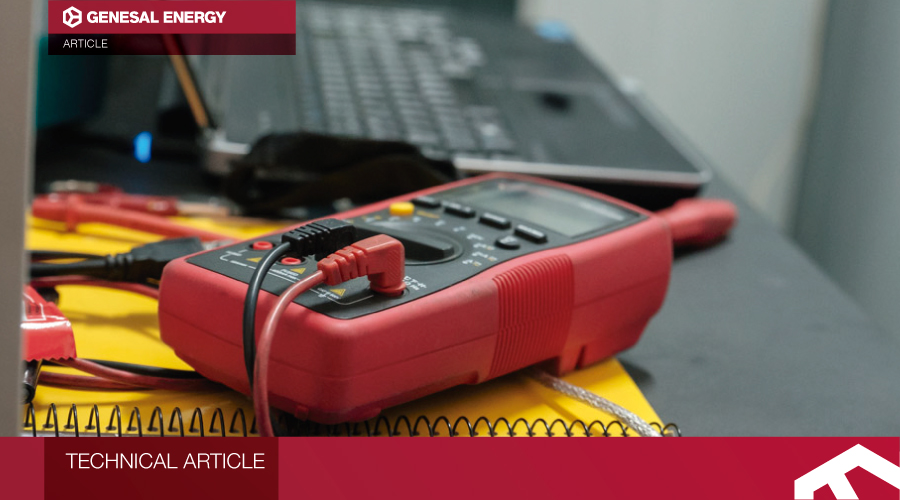
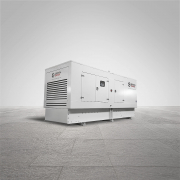
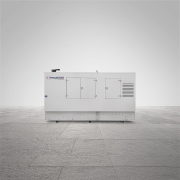
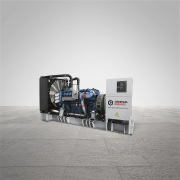
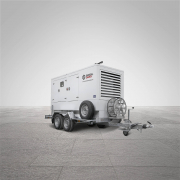
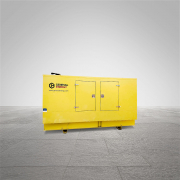












Leave a Reply
Want to join the discussion?Feel free to contribute!